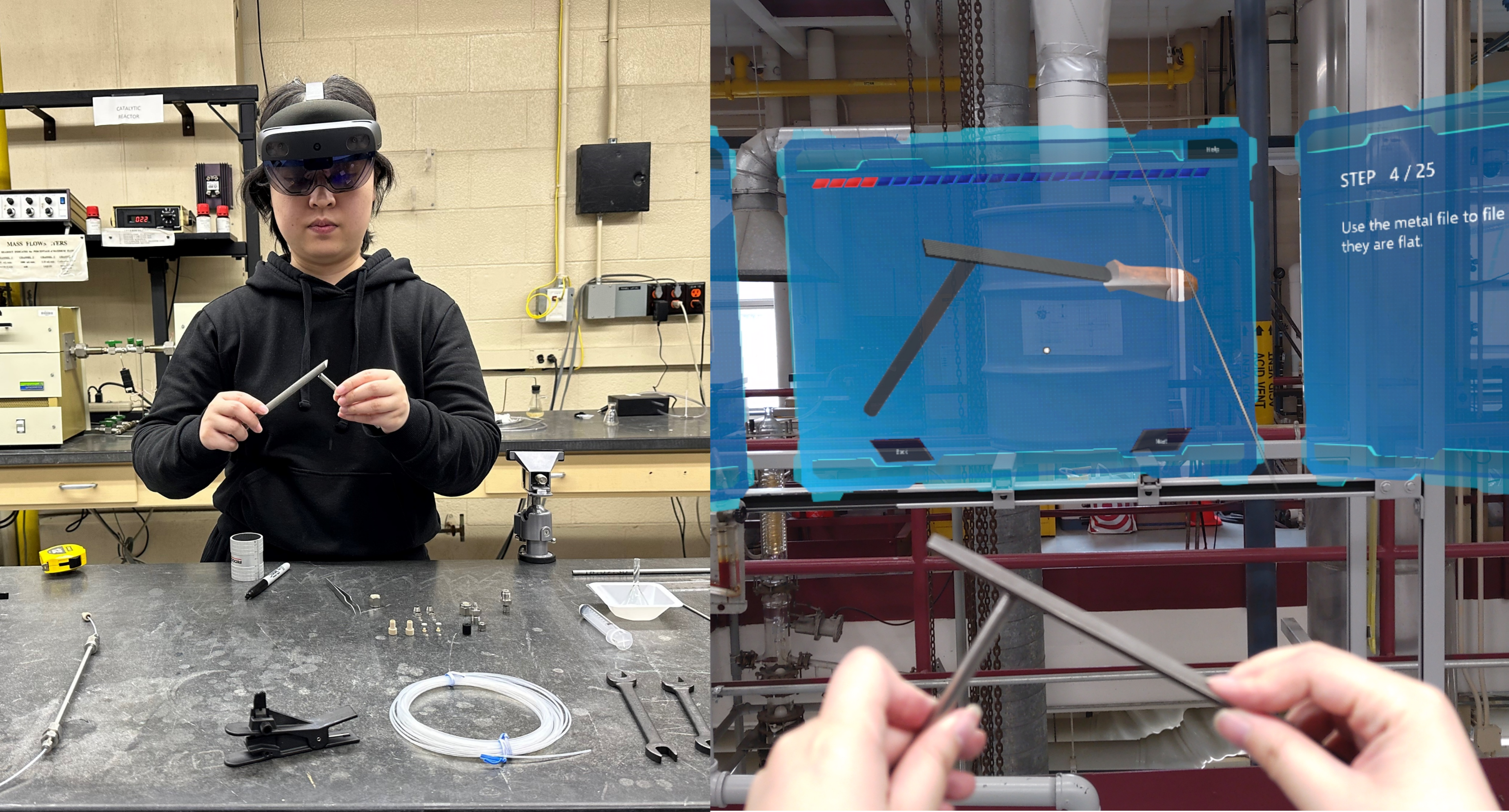Flow Chemistry
A HoloLens 2 AR application that enables students to assemble flow chemistry reactors while following interactive, step-by-step holographic tutorials alongside real-life components.
Years Active: 2022-2024
FlowAR is a mixed reality (MR) training application developed for Microsoft HoloLens 2. It enables students to learn the assembly of modular flow chemistry reactors through immersive, step-by-step holographic instructions. Users can watch animated instructions, hear voice narration, and manipulate real components simultaneously, creating a true mixed-reality learning environment.
Traditional chemistry labs often rely on batch processes and written protocols, leaving a significant training gap as the industry moves towards continuous, modular flow systems. FlowAR addresses this gap by delivering hands-free, voice-controlled, self-paced guidance that combines digital animation with physical practice, letting users “learn by doing” in real time. The system was evaluated in a user study with 34 participants, showing significantly higher recall, clarity, and enjoyment compared to conventional instruction methods.
- My Role: Programmer (Unity, HoloLens integration)
- Platforms: Microsoft HoloLens 2 (Mixed Reality, AR)
- Tech Stack: Unity (C#), Blender, Custom 3D animations, Microsoft MRTK, HoloLens voice/eye-tracking APIs
- Collaborators: Yichen Li, Hilson Shrestha, Noëlle Rakotondravony, Karen Royer, Laurie Mazza, Shano Liang, Varun Bhat, Andrew Teixeira, Lane Harrison, Robert E. Dempski
Project Highlights
-
Immersive Step-by-Step Training
FlowAR presents 3D animations of each assembly step, aligned with real tools and components, paired with voice and text instructions. Users control the pace using simple voice commands like “next”, “back”, and “show labels”. -
Hands-Free, Asynchronous Learning
Leveraging the HoloLens 2’s voice recognition and spatial mapping, FlowAR allows learners to practice complex assembly in the lab or classroom without the need for instructor supervision. -
Measured Impact
A controlled user study found that students using FlowAR recalled procedures and components more effectively, rated the content as clearer, and reported a more enjoyable learning experience than those using text-based protocols. -
Generalizable Design
The FlowAR pipeline can be reused for other types of assembly and training by swapping 3D models and instructions—enabling broad applications in STEM and industrial skills education.
If you’re interested in the full research study, read the publication: (Chen et al., 2024).
Media
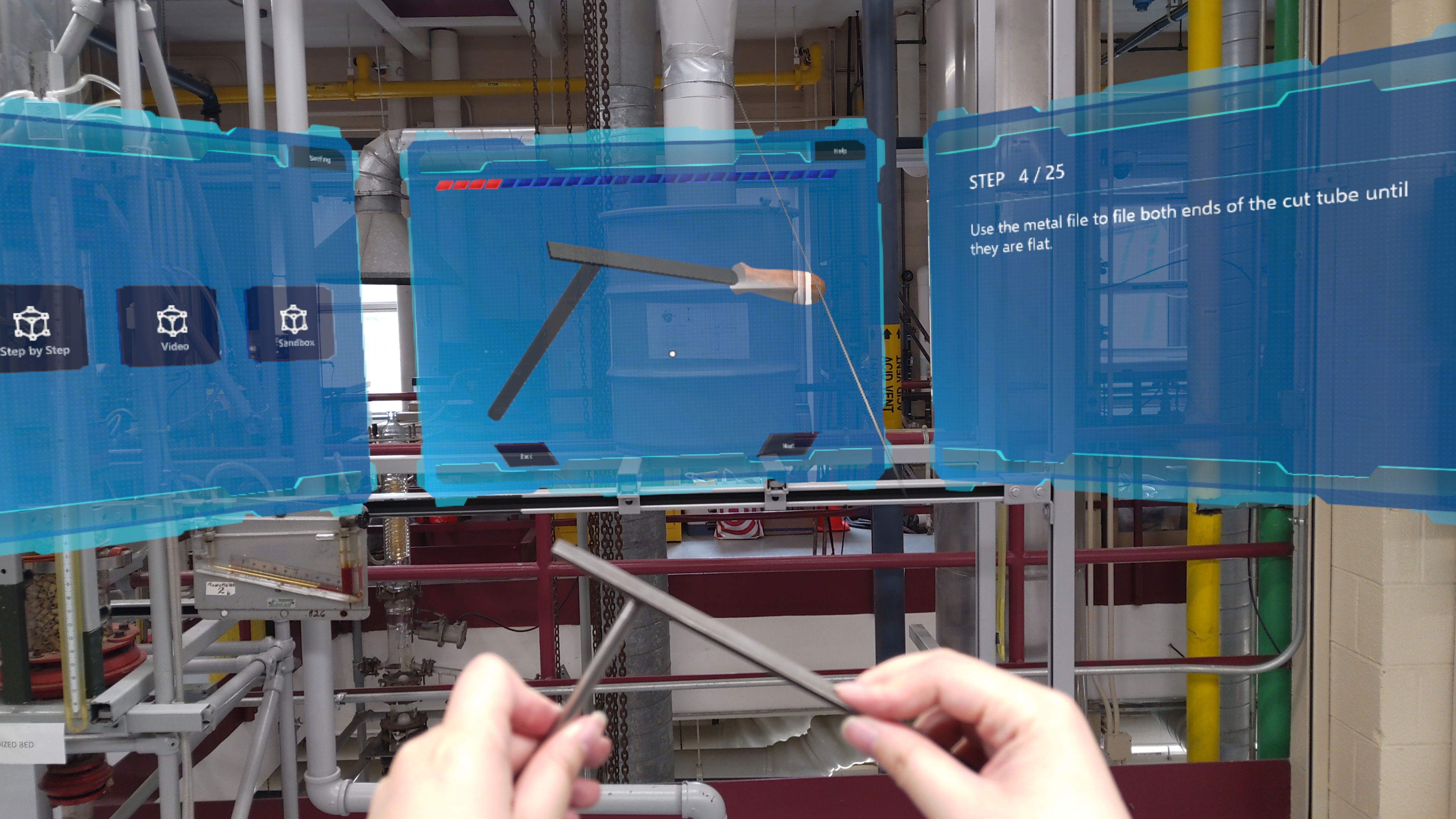
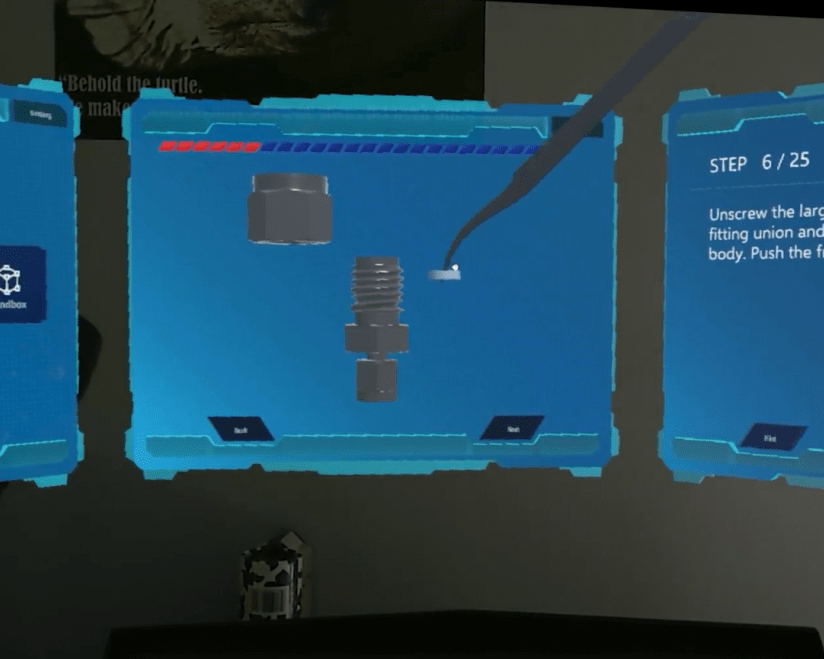
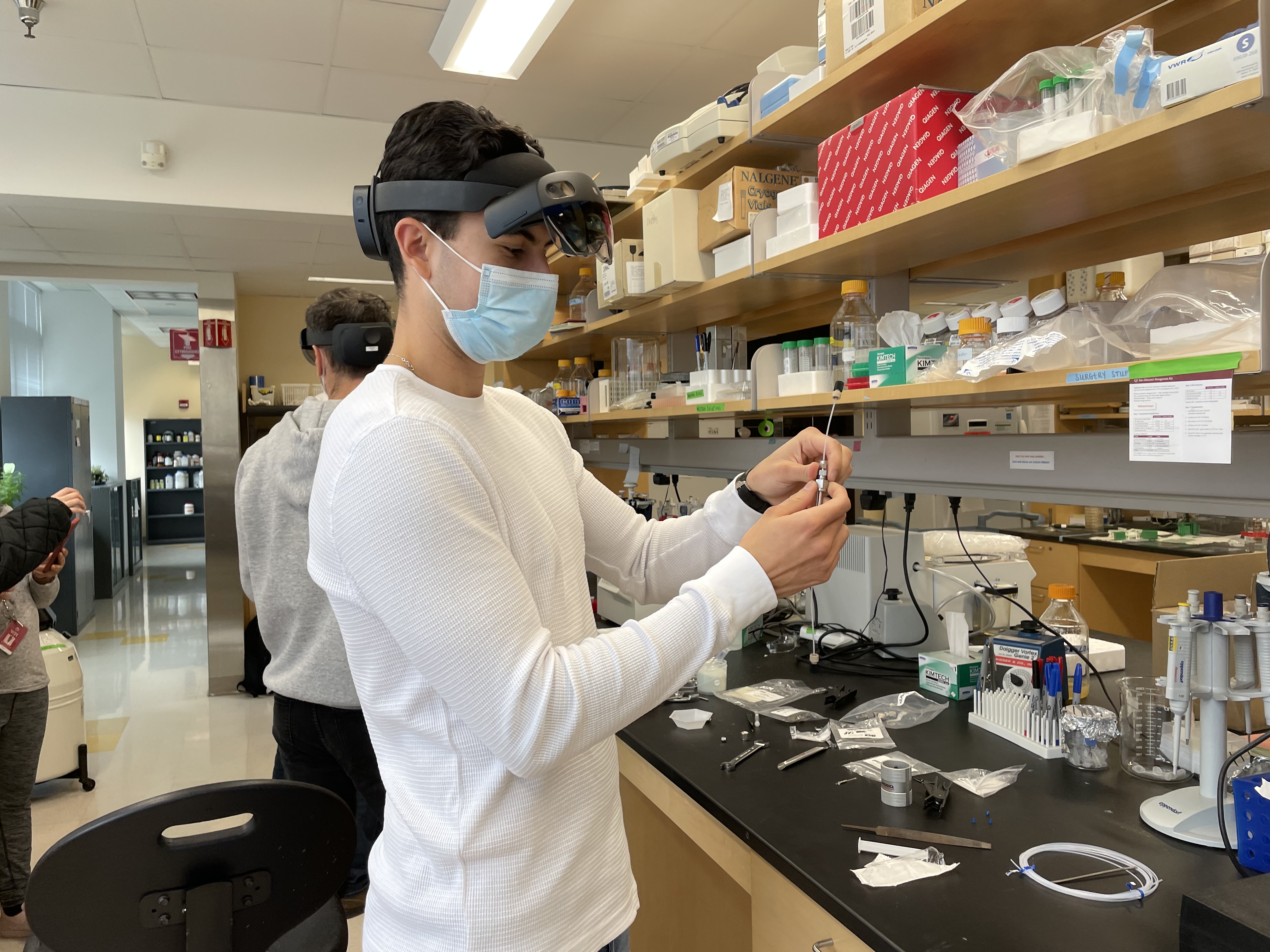
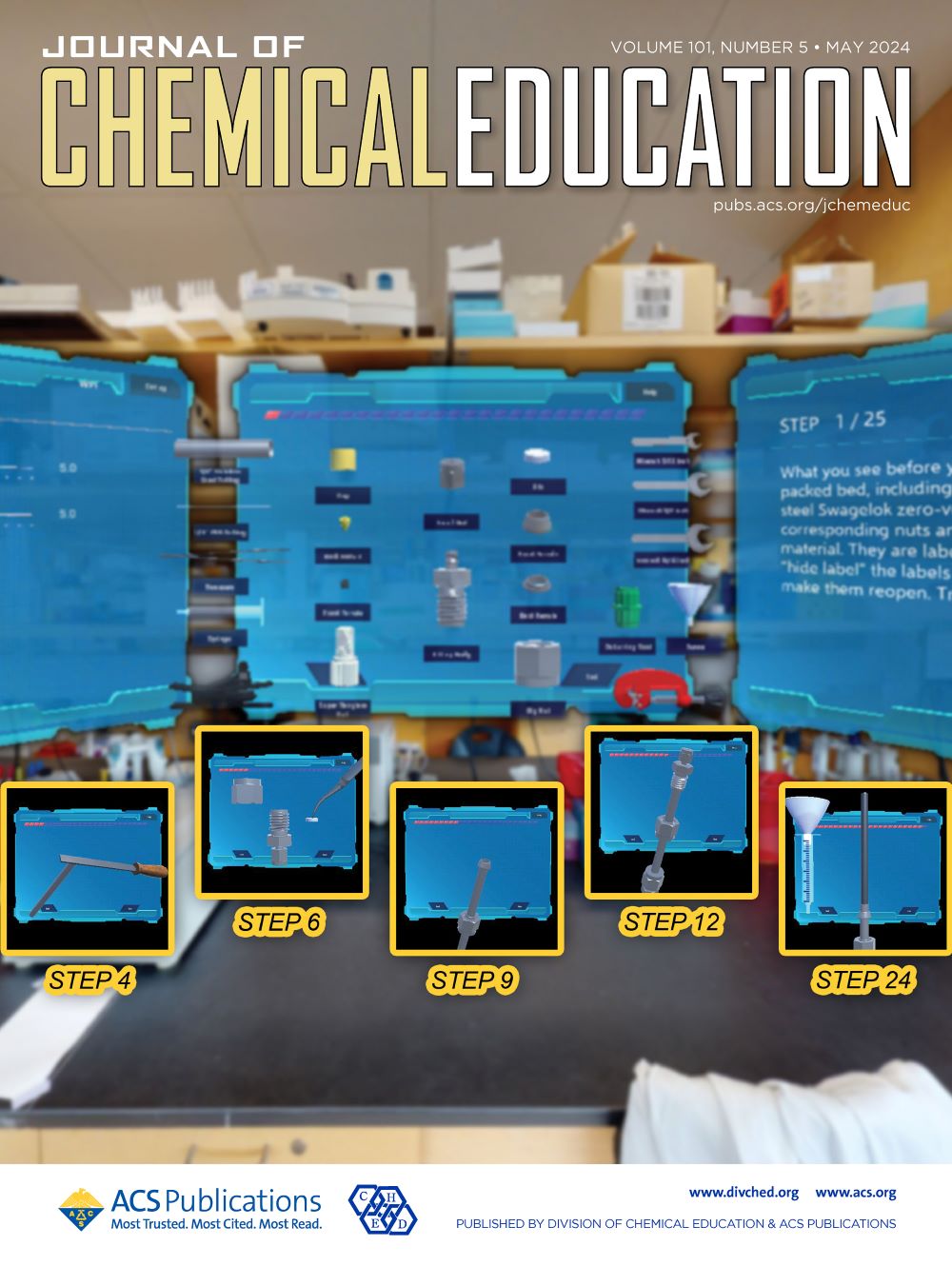
WPI News: WPI Researchers Publish Study on Mixed Reality Industrial Workforce Training
